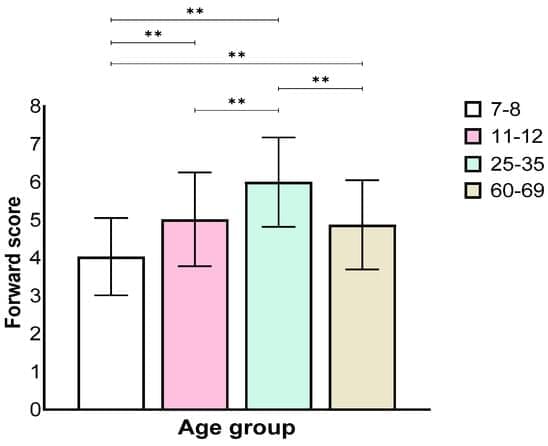Scientists from the University of Cambridge have developed a new reactor that converts natural gas (a common energy source primarily composed of methane) into two highly valuable resources: clean hydrogen fuel and carbon nanotubes, which are ultralight and much stronger than steel.
Hydrogen is a promising green fuel because it burns completely, producing only water vapor and zero carbon dioxide. However, the way we make hydrogen today typically involves using high-pressure steam to break apart gas molecules, which releases significant amounts of CO2 as a byproduct.
To avoid this, the Cambridge team wanted to perfect a technique called methane pyrolysis, which converts methane into hydrogen and solid carbon without producing carbon dioxide. However, until now, no one has been able to perform this process efficiently enough for large-scale use because traditional reactors waste too much gas.








